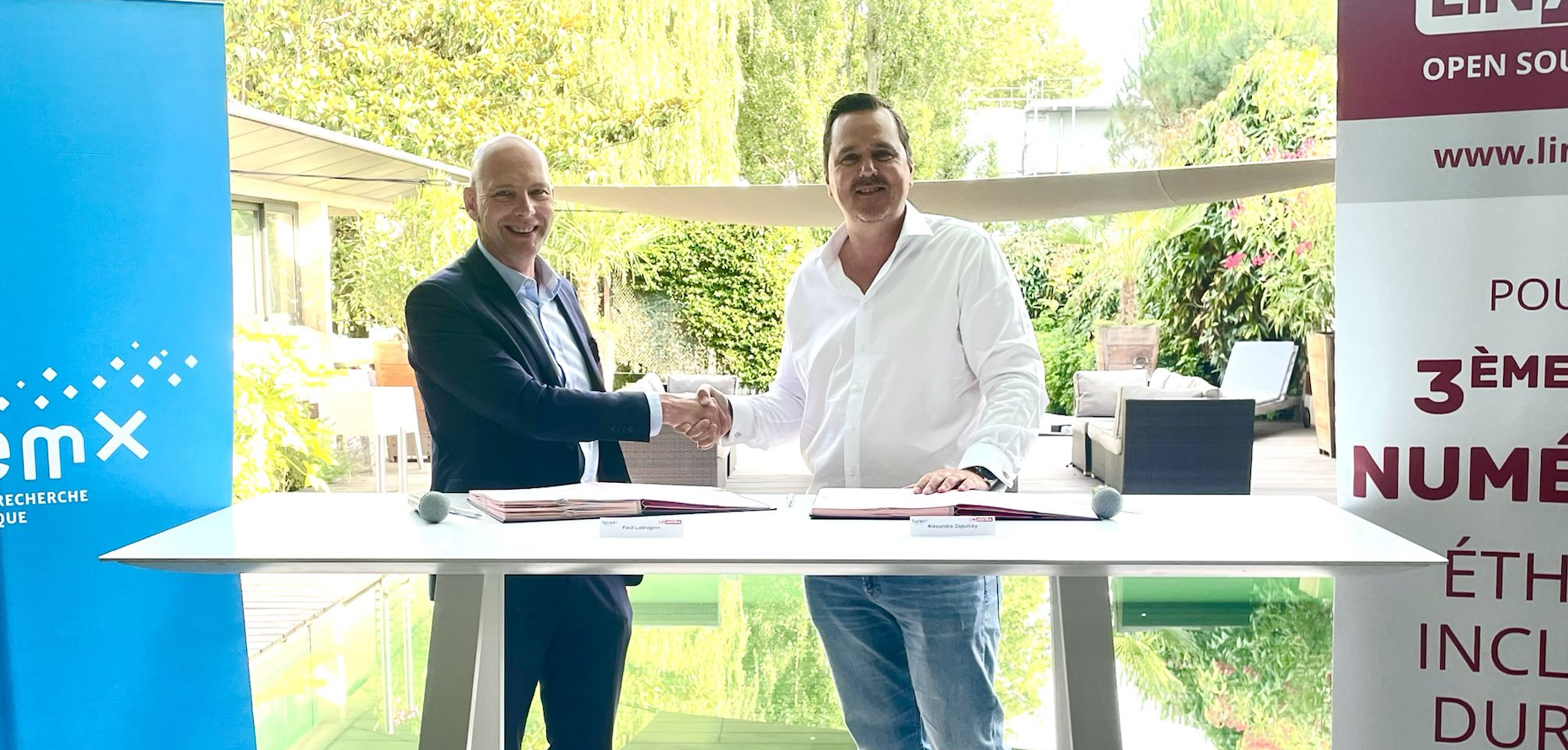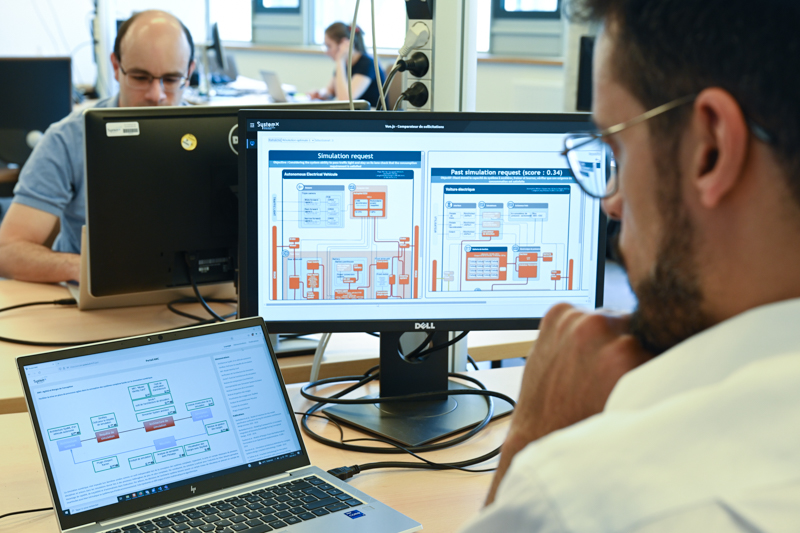Pierre-Marie Bajan, Aymen Boudguiga, Nabil Bouzerna, Pierpaolo Cincilla, Arnaud Kaiser, Flavien Quesnel (IRT SystemX)
Abstract
By the end of the last century, transportation systems and especially vehicles replaced some of their mechanical functions by electronic controlled applications. Such applications include automatic window control, fuel injection supervision and car headlight automatic activation. By the end of 2010, cars relied on software containing millions lines of code executing on 70 to 100 microcontrollers, namely Electronic Control Units (ECUs) [1]. New generation of cars includes intelligent functions such as Adaptive Cruise Control (ACC). ACC adapts automatically vehicle’s speed to maintain a safe distance with respect to in front vehicles. Nowadays, we are entering a new era with the appearance of self-driving cars such as Google car, new Hyundai Genesis or Volvo Drive me car. These cars are autonomous as they do not need human attention during cruise. In addition, they cooperate with other cars to communicate information about their actual speed or position and to relay data about traffic jams. These new vehicles ensure emergency braking, auto-parking, platooning and lane keeping. Together, they form a Cooperative Intelligent Transport Systems (C–ITS).
Key words
ITS, security, PKI, scalability
IRT Projects



